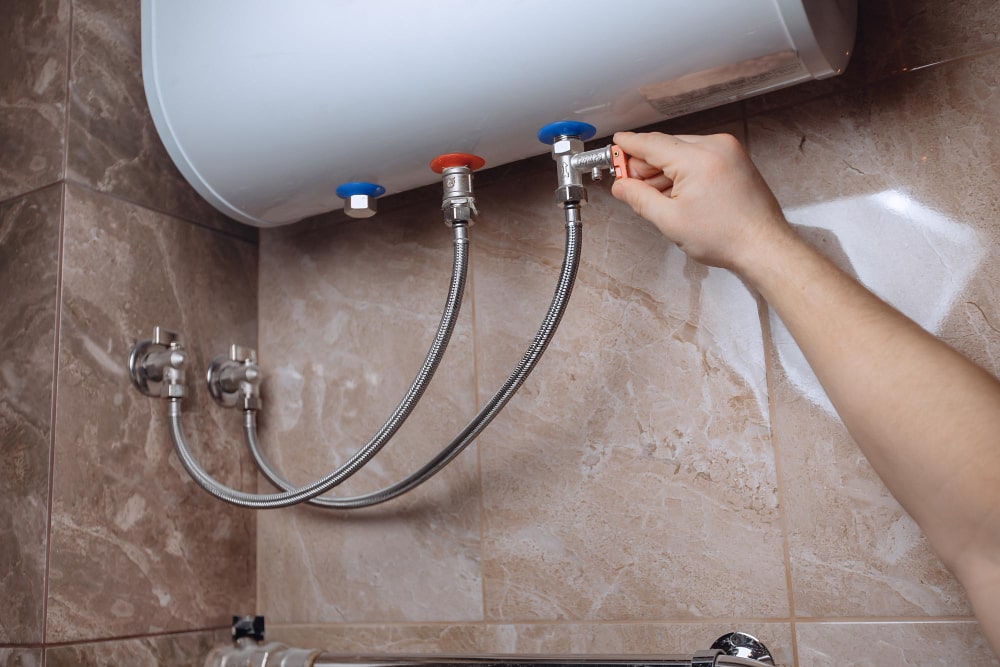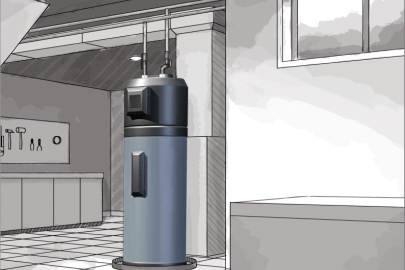Everybody has got their own way of thinking when it comes to How to Maintain Your Water Heater & Prolong its Life.

Warm water is important for everyday convenience, whether it's for a refreshing shower or cleaning recipes. To guarantee your warm water system runs efficiently and lasts longer, normal upkeep is crucial. This post gives practical suggestions and understandings on exactly how to keep your home's warm water system to stay clear of disruptions and pricey repair work.
Introduction
Preserving your home's warm water system might appear challenging, yet with a few simple steps, you can guarantee it operates efficiently for several years to find. This guide covers whatever from understanding your hot water system to DIY maintenance ideas and understanding when to hire specialist help.
Significance of Keeping Your Hot Water System
Normal maintenance not only extends the life expectancy of your warm water system but additionally guarantees it runs efficiently. Neglecting maintenance can lead to reduced performance, higher energy expenses, and even premature failure of the system.
Signs Your Hot Water System Requirements Upkeep
Knowing when your warm water system requires attention can stop significant concerns. Look out for indicators such as irregular water temperature level, unusual sounds from the heating unit, or rustic water.
Flushing the Hot Water Heater
Purging your water heater gets rid of debris build-up, boosting performance and prolonging its life.
Monitoring and Replacing Anode Rods
Anode poles protect against deterioration inside the container. Examining and replacing them when broken is critical.
Facility Concerns Calling For Specialist Assistance
Instances consist of significant leakages, electric troubles, or if your water heater is regularly underperforming.
Routine Specialist Maintenance Advantages
Expert maintenance can consist of complete assessments, tune-ups, and ensuring compliance with safety and security standards.
Evaluating and Changing Temperature Setups
Changing the temperature level settings guarantees ideal efficiency and safety and security.
DIY Tips for Maintenance
You can carry out numerous upkeep jobs yourself to keep your warm water system in top problem.
Looking for Leakages
Consistently examine pipelines and connections for leakages, as these can lead to water damage and greater costs.
Comprehending Your Warm Water System
Prior to diving right into upkeep jobs, it's valuable to understand the fundamental components of your warm water system. Commonly, this includes the water heater itself, pipelines, anode rods, and temperature controls.
Monthly Maintenance Tasks
Regular monthly checks can help capture minor issues before they intensify.
Testing Pressure Alleviation Valves
Evaluating the stress safety valve guarantees it operates appropriately and stops extreme pressure accumulation.
Protecting Pipes
Protecting hot water pipes decreases heat loss and can conserve power.
When to Call an Expert
While DIY upkeep is advantageous, some issues call for specialist know-how.
Conclusion
Regular upkeep of your home's hot water system is essential for efficiency, longevity, and cost savings. By following these pointers and knowing when to seek professional aid, you can ensure a reputable supply of hot water without unanticipated disruptions.
How to Maintain an Instant Hot Water Heater
- Before tinkering with your hot water heater, make sure that it’s not powered on. You also have to turn off the main circuit breaker and shut off the main gas line to prevent accidents. Also turn off the water valves connected to your unit to prevent water from flowing into and out of the appliance.
- 2. When you’re done, you have to detach the purge valves’ caps. These look like the letter “T” and are situated on either side of the water valves. Doing so will release any pressure that has accumulated inside the valves while at the same time avoid hot water from shooting out and burning your skin.
- 3. When the purge valves’ caps are removed, you have to connect your hosing lines to the valves. Your unit should have come with three hoses but if it didn’t, you can purchase these things from any hardware or home repair shops. You can also get them from retail stores that sell water heating systems. Read the user’s manual and follow it to complete this task properly. When the hosing lines are connected, open the purge port’s valves.
- 4. You should never use harsh chemical cleaners or solutions when cleaning your unit. Make use of white vinegar instead. It should be undiluted and you’ll probably use about 2 gallons.
- 5. Now flush your water heater. This task should probably take about 40 minutes. We can’t give you specific directions for this because the procedure is carried out depending on the type, model and brand of your heater. With that being said, refer to the user’s manual.
- 6. When you’re done draining the unit, you have to turn off the purge port valves again. Remove the hosing lines that you earlier installed on each of the water valves. Put the valve caps (purge port) back in their respective places and be very careful so as not to damage the rubber discs that are found inside these caps.
- 7. Now that everything’s back in place, check your user’s manual again to find out how to reactivate your water heating system.
- 8. Once it is working, turn one of your hot water faucets on just to let air pass through the heater’s water supply pipes. Leave the tap on until water flows smoothly out of it.
https://www.orrplumbing.com/blog/2014/september/how-to-maintain-an-instant-hot-water-heater/

We hope you enjoyed reading our part on Tips on Maintaining a Water Heater. Thank you so much for taking time to browse our content. I beg you pause to share this blog posting if you appreciated it. Thanks a lot for your time. Don't forget to stop by our site back soon.
Call Today
Comments on “Specialist Tips for Caring for Your Home's Hot Water SystemKey Care Techniques for Your Home's Hot Water SystemStep-by-Step Guide to Caring for Your Home's Hot Water System”